 |
| Son Xuyen Temple faces south. |
More than 170 years have passed, but the piano is still there, silently covered in moss, right next to the bustling Bui Thi Xuan street. The piano is located in the open air, hidden in the yard of Phuong Duc primary school with many green trees and wild grass.
Son Xuyen is an altar to worship mountain gods and river gods in each locality, praying for favorable weather, good crops. According to the National Archives Center I, the history of feudal dynasties in our country before the Nguyen Dynasty has no source of documents mentioning the construction of Son Xuyen altars. Under the Nguyen Dynasty, it was not until "the 21st year of Minh Mang (1840) that the altars to worship "famous mountains and rivers" were established".
Historical records show that in each province, every year after the royal court finished organizing the ceremony, it was dismantled and not reinforced like the Son Xuyen altar in Hue . As for the Son Xuyen altar in Thua Thien prefecture, it was built in the 6th year of Tu Duc (1853), by the Thua Phu official following the order to build the altar in Bo Hoa Thuong, Duong Xuan Thuong commune, Huong Thuy district (now Phuong Duc ward, Hue city).
The altar is built around with bricks and mountain stones, with the middle filled with tightly packed soil, “facing south, worshiping the gods of high mountains and great rivers in the realm”. The altar has two floors: the upper floor is concentric, about 22x22m wide and over 1m high; the lower floor is 45x45m wide and nearly 0.5m high.
The Nguyen Dynasty's Royal Records and the book "Kham Dinh Dai Nam Hoi Dien Su Le Tuc Bien" recorded the regulations on rituals and sacrificial objects at the altars. In the fourth year of Tu Duc (1851), the Ministry of Rites proposed to unify the rituals and sacrificial objects at temples: "The rituals and sacrificial objects at the Xa Tac altars, Tien Nong altars, Hoi Dong temple, Son Xuyen altar and the river god temple are not uniform in terms of quality...".
In the first year of Ham Nghi (1885), the Nguyen Dynasty stipulated that the sacrificial objects were “4 altars at the Son Xuyen Altar including 1 cow for the chief judge, 1 pig, 1 large tray of sticky rice, 8 trays of fruit, incense, gold, silver, wine, and agarwood tea”. The Son Xuyen Altar was built on a high mound of land, used for worshiping the mountain god and the river god. The ceremony was held twice a year in spring and autumn, and the officials who performed the ceremony were dressed as if they were in a grand court. In addition, the Nguyen Dynasty also held a ceremony at the Son Xuyen Altar on the occasion of the king returning from a tour, in the first year of Dong Khanh (1886) or the Tan Quang ceremony, in the first year of Duy Tan (1907).
The Royal Records also recorded that the Nguyen Dynasty ordered repairs at the Son Xuyen Altar. The Ministry of Public Works' report dated April 15, the 18th year of Thanh Thai (1906) requested funds to repair the Son Xuyen Altar. From then until after 1945, no documents mentioned the repairs or ceremonies at the Son Xuyen Altar. Because in the later period, the country's sovereignty increasingly fell into the hands of the French colonialists, the worship of the gods of the mountains and rivers was not given any attention.
According to researcher Phan Thuan An, as one of 26 altars to worship famous mountain and big river gods (danh son dai xuyen) in the country, Son Xuyen Hue altar probably has important rituals, and is located right in the capital, so the scale of construction is more impressive. There is no historical record that Son Xuyen altar was solidly built under the Dinh, Le, Ly, Tran, Hau Le and Tay Son dynasties.
During the reign of King Tu Duc 5 (1852), the two-story Son Xuyen altar was built on an area of about 8,410 square meters. However, this land is under the management of schools and private houses. In the campus of Phuong Duc Primary School, only the upper floor of the altar remains above ground, with lush trees. The altars of the mountain and river gods, stone steles, and tablets are all gone. Instead, there are two concrete altars and a place to burn votive papers built by local people to burn incense. At the same time, to facilitate the access to the altar, cleaning, and clearing trash, the school has spent money to build steps leading up to the altar and paved the area around the altar.
Vice Principal of Phuong Duc Primary School, Mr. Nguyen Xuan Cuong, said that the school alwayseducates students about heritage protection, about the significance of the Son Xuyen mountain and river god altar and Voi Re temple - a testament to the glorious past of the Nguyen Dynasty's Kinh Tuong troupe, a relic located in the ward. "To join hands in protecting the heritage, students and teachers in the school also regularly pick up trash and clean the campus here. Hopefully, in the near future, the Son Xuyen altar will be restored and the landscape will be restored to its original state under the Nguyen Dynasty," said Mr. Cuong.
Not as famous and important as Nam Giao or Xa Tac, Son Xuyen carries within itself a profound humanistic meaning, reflecting in part the responsibility and concern of the royal court for the material and spiritual life of the people; showing the diversity of spiritual life and the desire for peace of the people of the ancient capital. Therefore, preserving, embellishing and promoting the value of Son Xuyen is a necessary and important task to preserve the historical and cultural values of the nation as well as to educate the spirit of generations.
Source


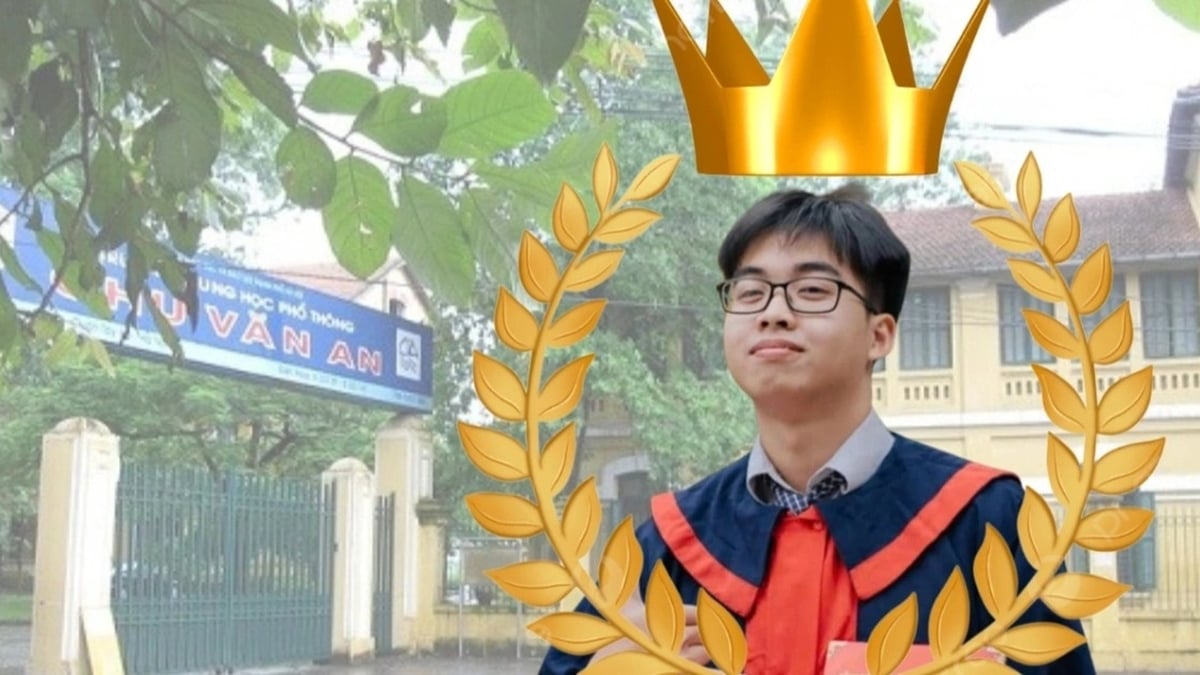


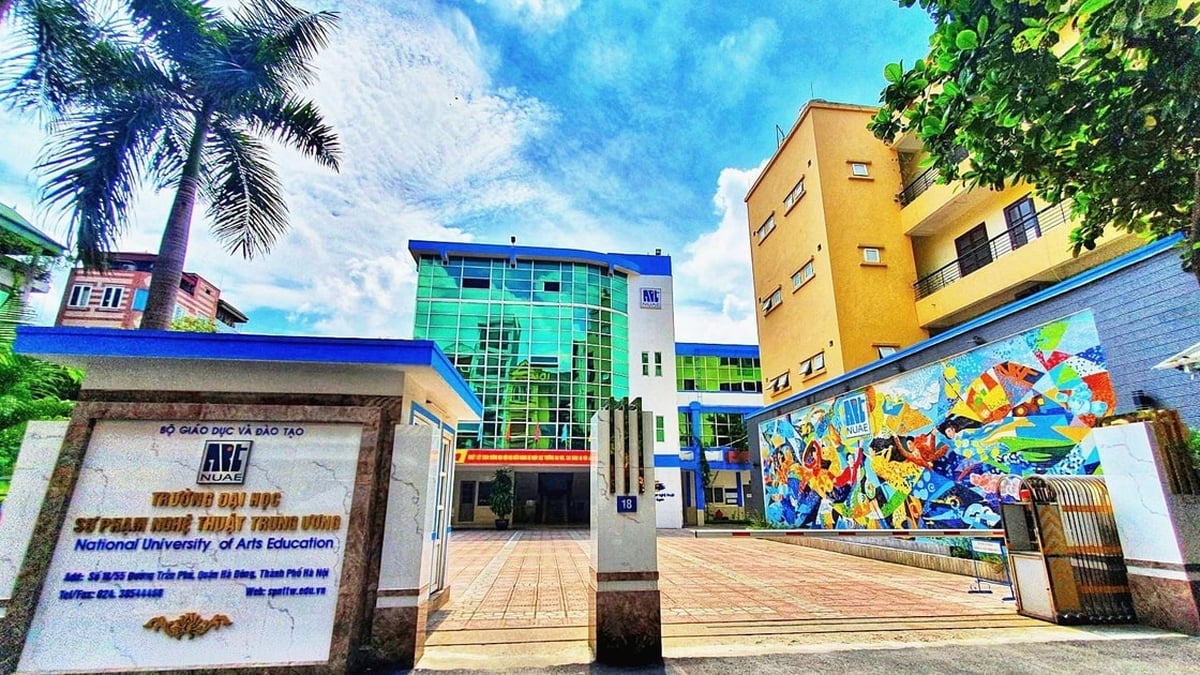
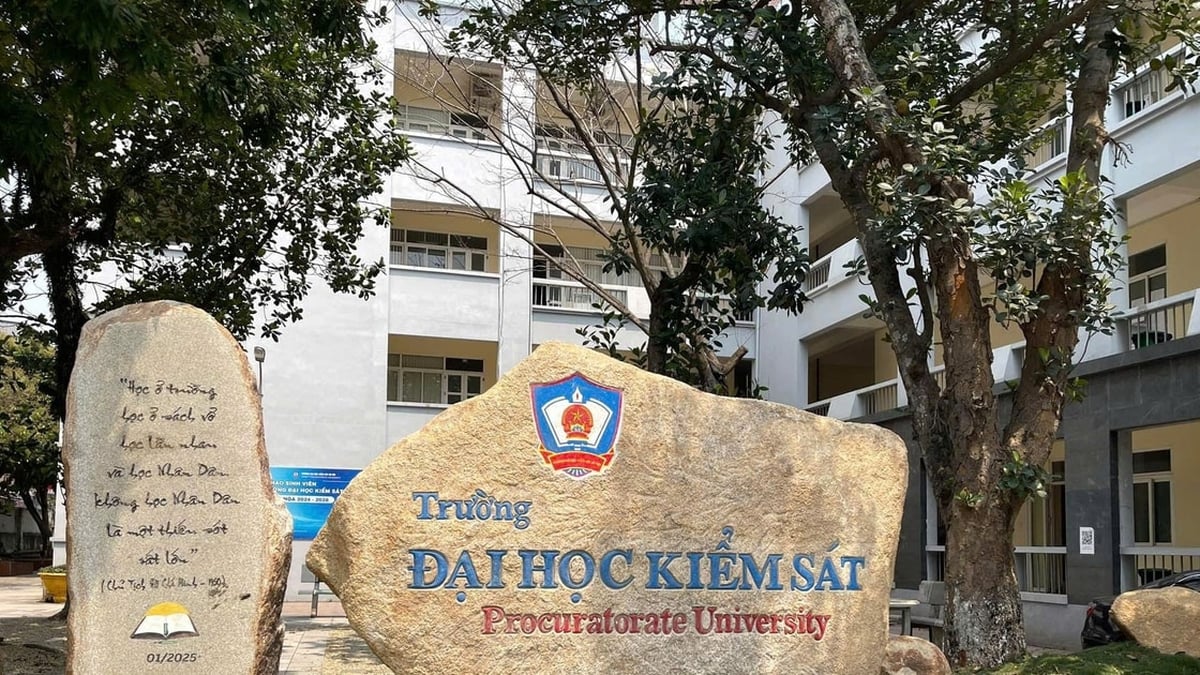
![[INFOGRAPHIC] Open-back headphones, look like a... pill](https://vphoto.vietnam.vn/thumb/1200x675/vietnam/resource/IMAGE/2025/7/16/cd63f007ad404018aa504c1009ce19ba)

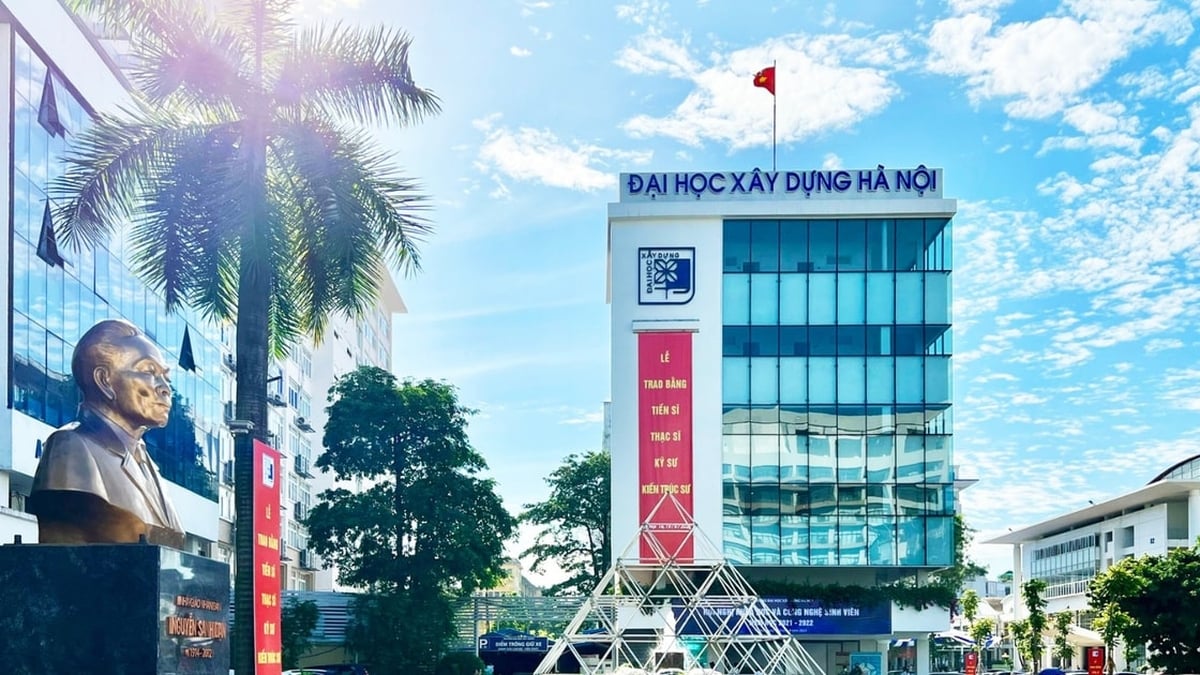




























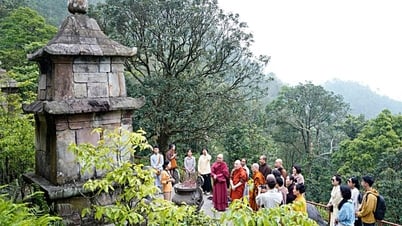






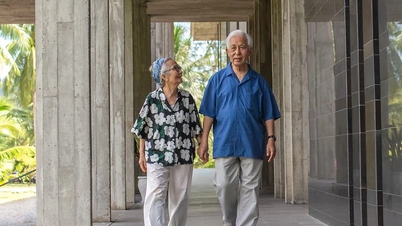

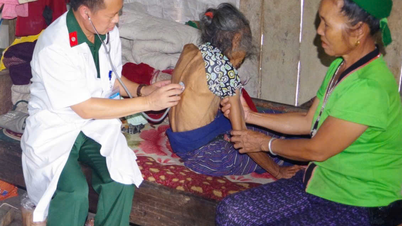












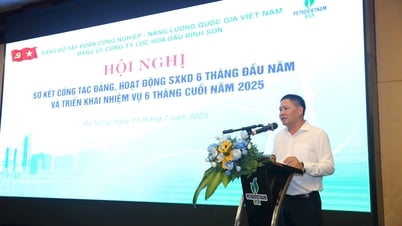







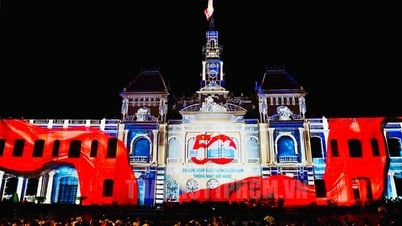
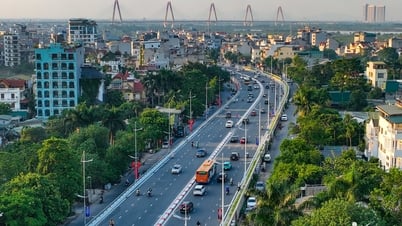
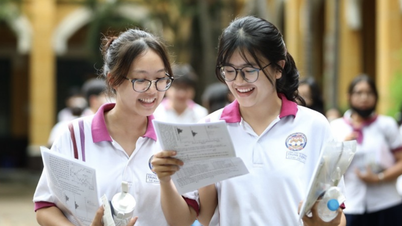




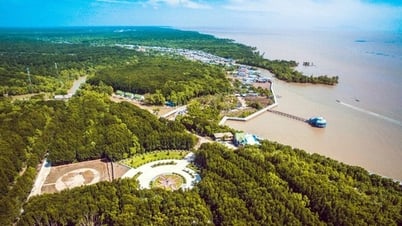

























Comment (0)